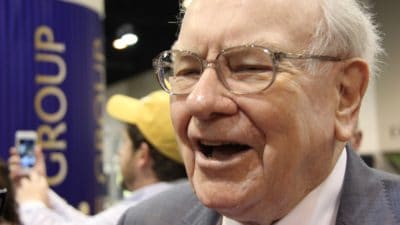Before I decide whether to buy a company’s shares, I always like to look at two core financial ratios — return on equity and net gearing.
These two ratios provide an indication of how successful a company is at generating profits using shareholders’ funds and debt, and they have a strong influence on dividend payments and share price growth.
Today, I’m going to take a look at BT Group (LSE: BT-A) (NYSE: BT.US), to see how attractive it looks on these two measures.
Return on equity
The return a company generates on its shareholders’ funds is known as return on equity, or ROE. Return on equity can be calculated by dividing a company’s annual profit by its equity (ie, the difference between its total assets and its total liabilities) and is expressed as a percentage.
BT’s share price has risen by 63% since 2009, during which time the firm’s dividend payout has increased by 46%. These improved returns have also been reflected in the firm’s return on equity:
| BT Group | 2009 | 2010 | 2011 | 2012 | 2013 | Average |
|---|---|---|---|---|---|---|
| ROE | 5.8% | 15.9% | 26.2% | 27.0% | 25.2% | 20.0% |
However, it’s worth remembering that BT remains saddled with a hefty £5.8bn pension deficit, which has required £3.35bn of extra contributions over the last three years, limiting the firm’s profitability.
What about debt?
A key weakness of ROE is that it doesn’t show how much debt a company is using to boost its returns. My preferred way of measuring a company’s debt is by looking at its net gearing — the ratio of net debt to equity.
In the table below, I’ve listed BT’s net gearing and ROE alongside those of two peers, TalkTalk Telecom and KCOM Group:
| Company | Net gearing | 5-year average ROE |
|---|---|---|
| BT Group | 139% (excluding pension deficit) | 20.0% |
| TalkTalk Telecom | 88.9% | 21.3% |
| KCOM | 106.8% | 37.3% |
BT’s equity turned negative last year, due to the 140% increase in its pension deficit. In order to calculate net gearing that I could use to compare with TalkTalk and KCOM, I excluded BT’s pension deficit from my calculation.
Despite this very favourable fudge, BT’s net gearing is notably higher than either of its peers and its return on equity is lower — not an attractive combination.
Sell or hold BT?
BT’s shares are currently trading at levels last reached when markets peaked in 2007, but the firm’s earnings remain below 2007 levels, as do its dividend payments.
I think the firm looks fully priced and may struggle to deliver growth as fast as markets are expecting — so if I’d bought BT shares since 2009, I might now sell them and bank the profits.
Finding market-beating returns
Finding shares that can beat the market over a long period is hard, but if you already hold BT stock, then you might be interested in learning about five star shares that have been identified by the Fool’s team of analysts as “5 Shares To Retire On“.
I own three of the shares featured in this free report, and I don’t mind admitting they are amongst the most successful investments I’ve ever made.
To find out the identity of these five companies, click here to download your copy of this report now, while it’s still available.
> Roland does not own shares in any of the companies mentioned in this article.







